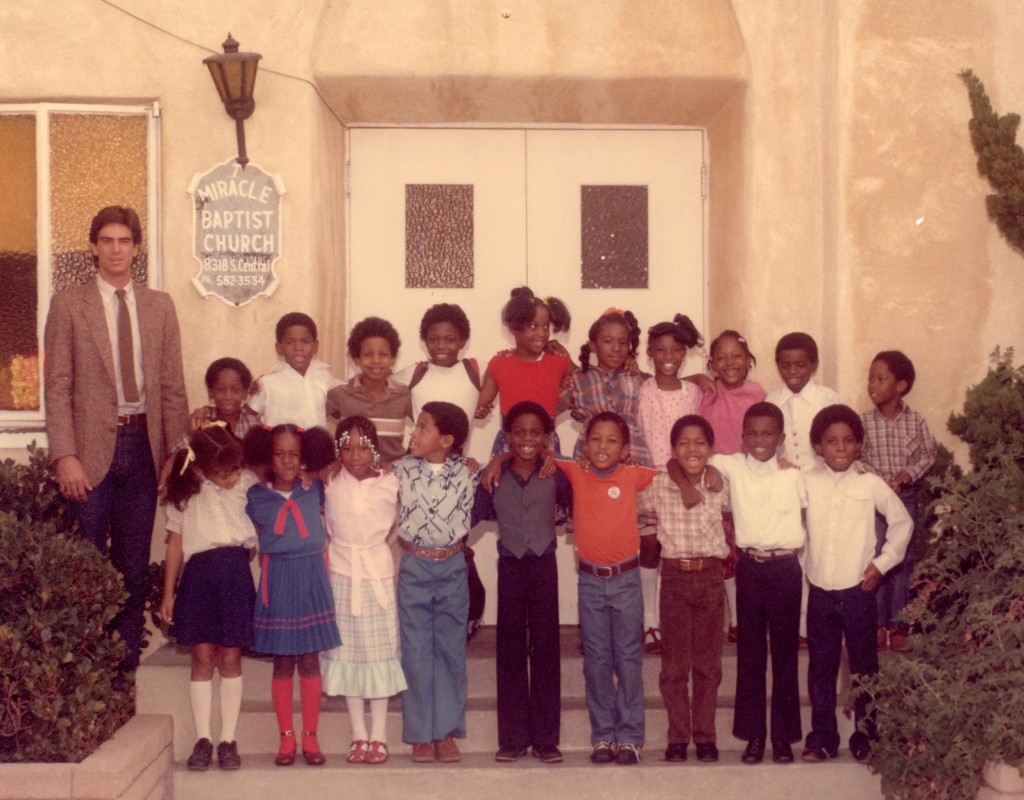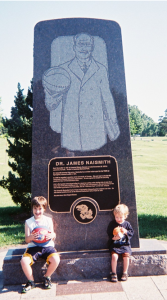What is the most cost-effective means of helping the World’s poor? Economist Bruce Wydick surveyed a group of developmental economists about 10 popular strategies. Of the ten, the economists deemed donating farm animals, drinking fair trade coffee, and giving poor kids laptop computers as the least effective interventions. What was most effective? Programs that provide clean water to rural villages, and programs that provide medicine for deworming people. He cites a study that found that “regular de-worming treatment in worm-infested... Read more















